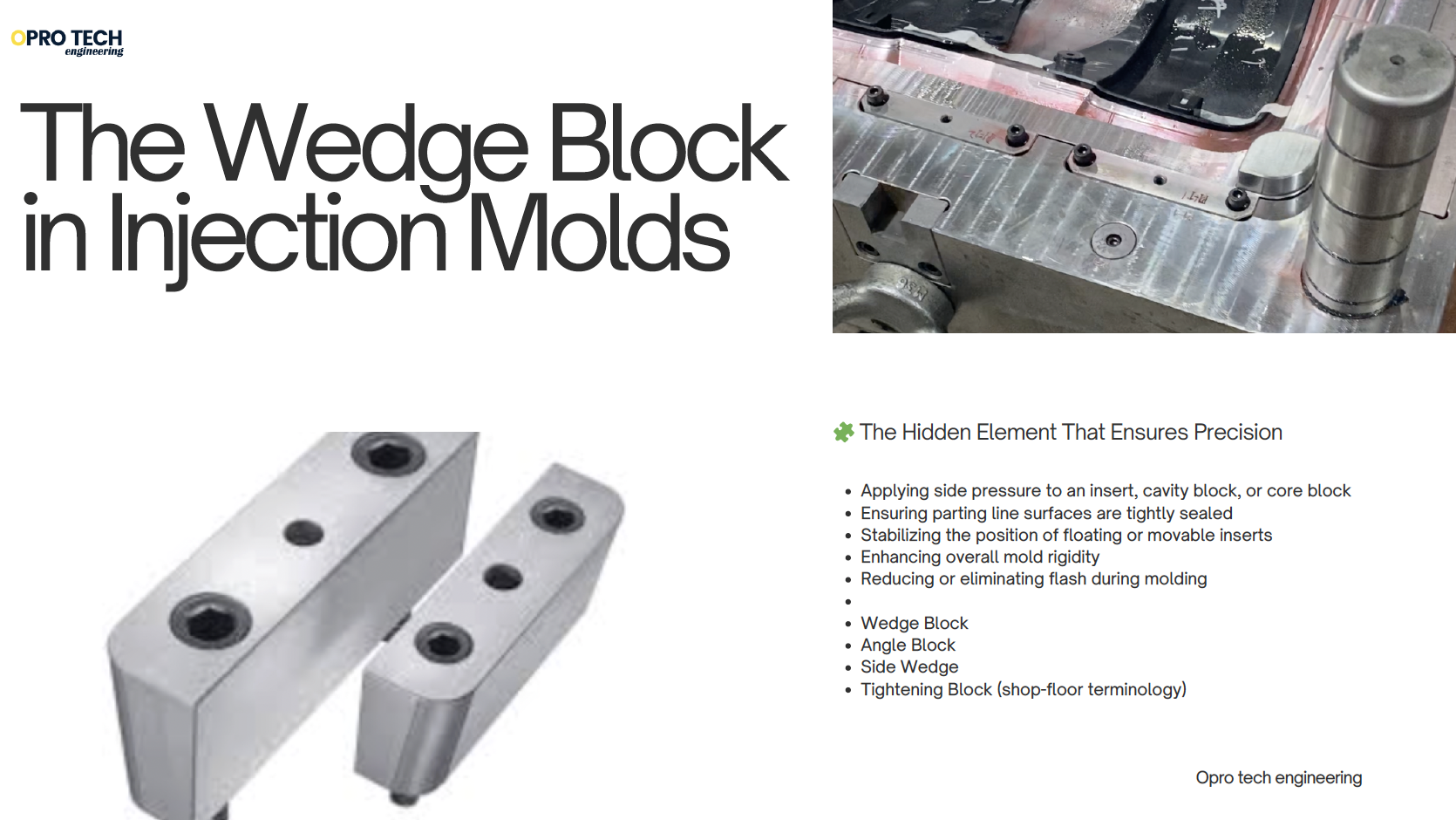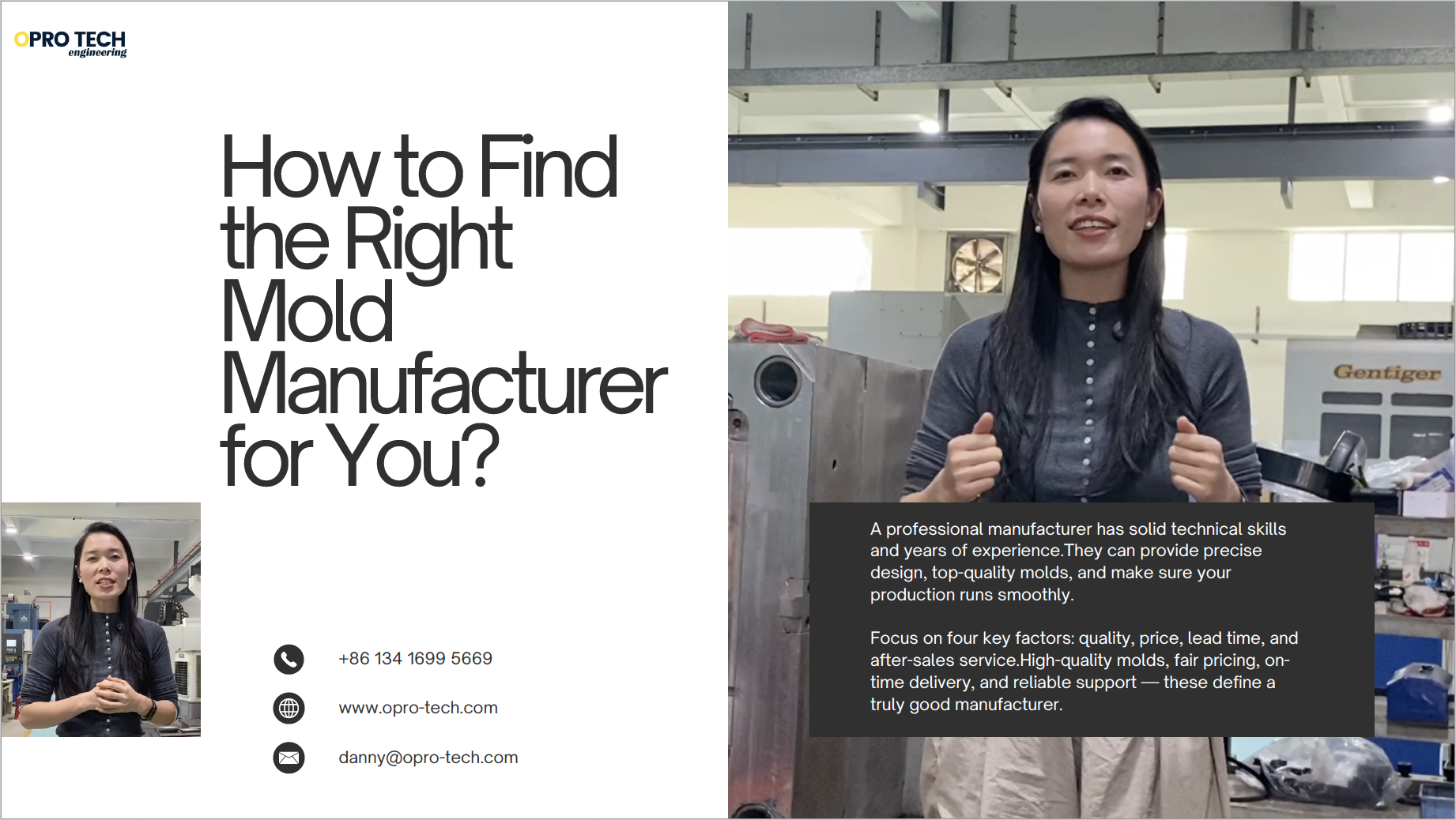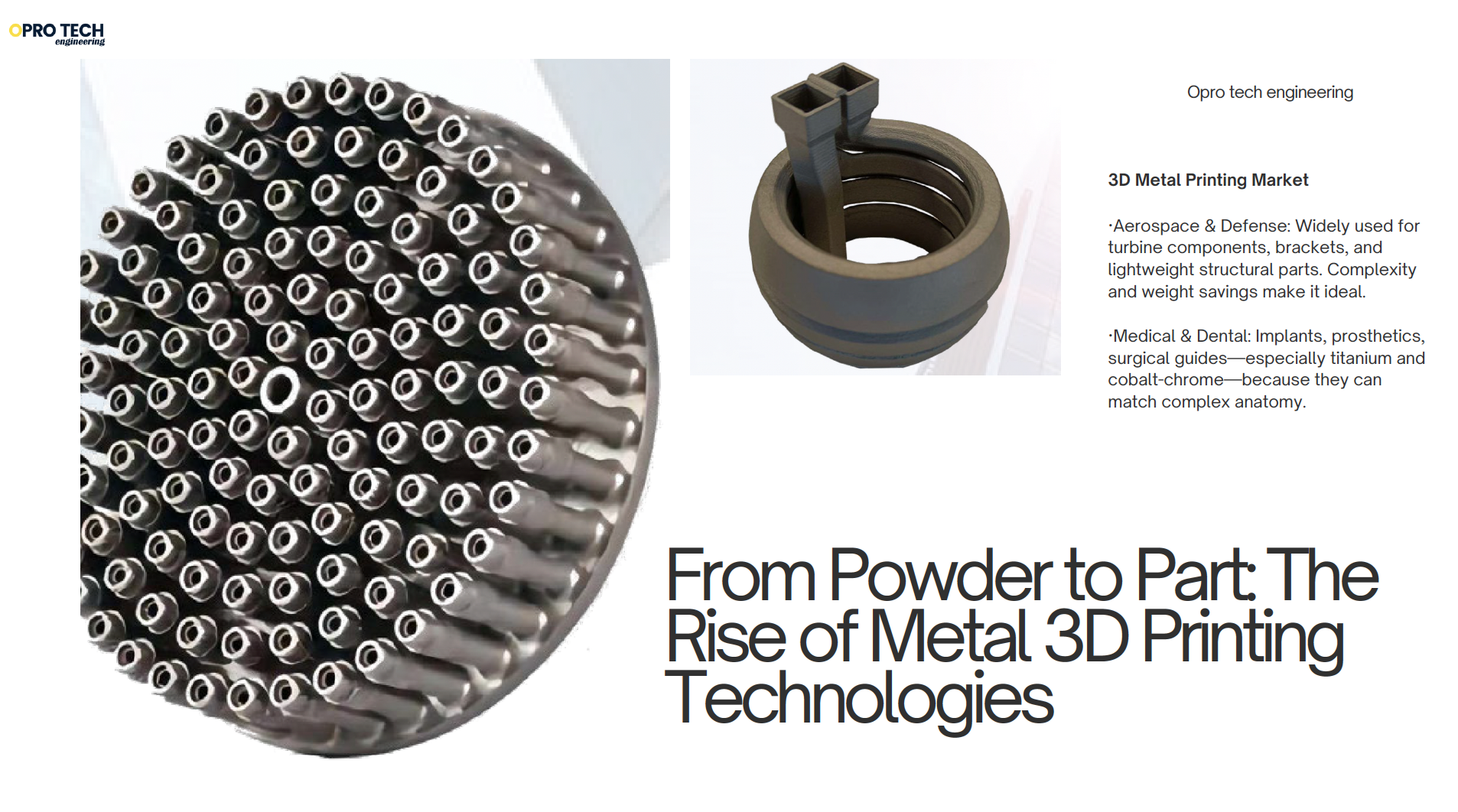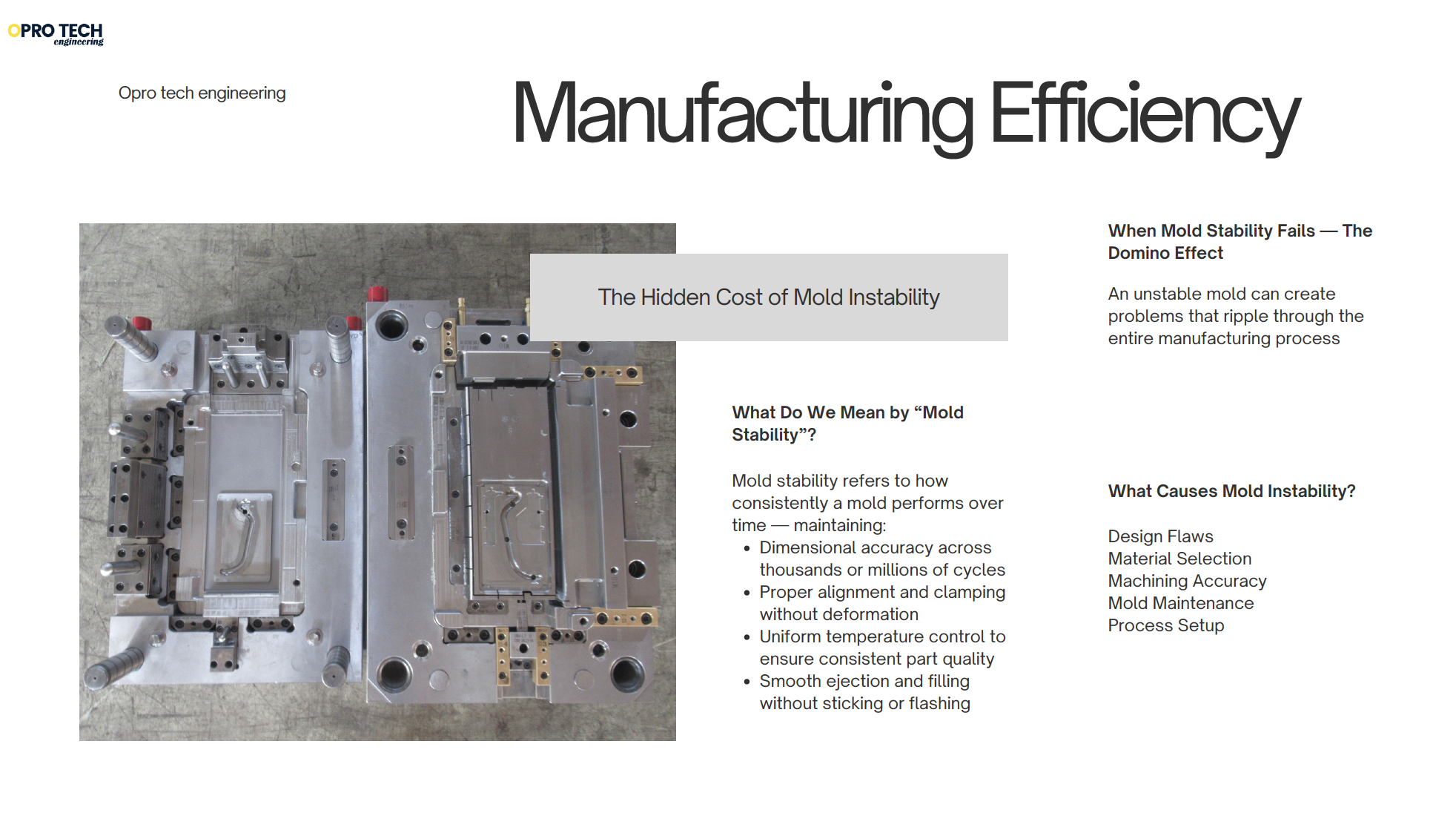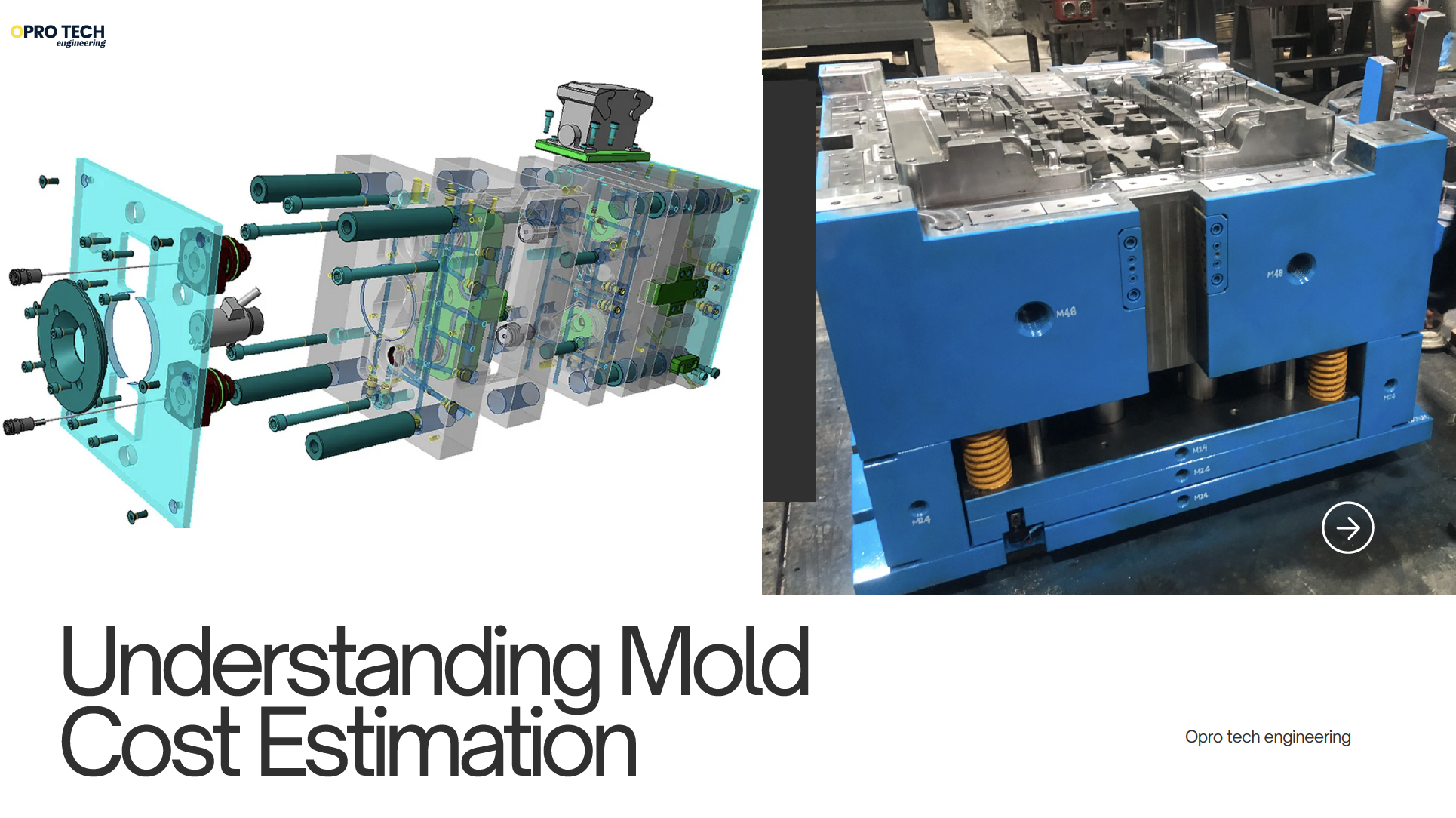Understanding the Wedge Block in Injection Molds
The Hidden Element That Ensures Precision In injection mold design, many components may appear simple or insignificant at first glance, yet they quietly determine the quality, precision, and long-term...
